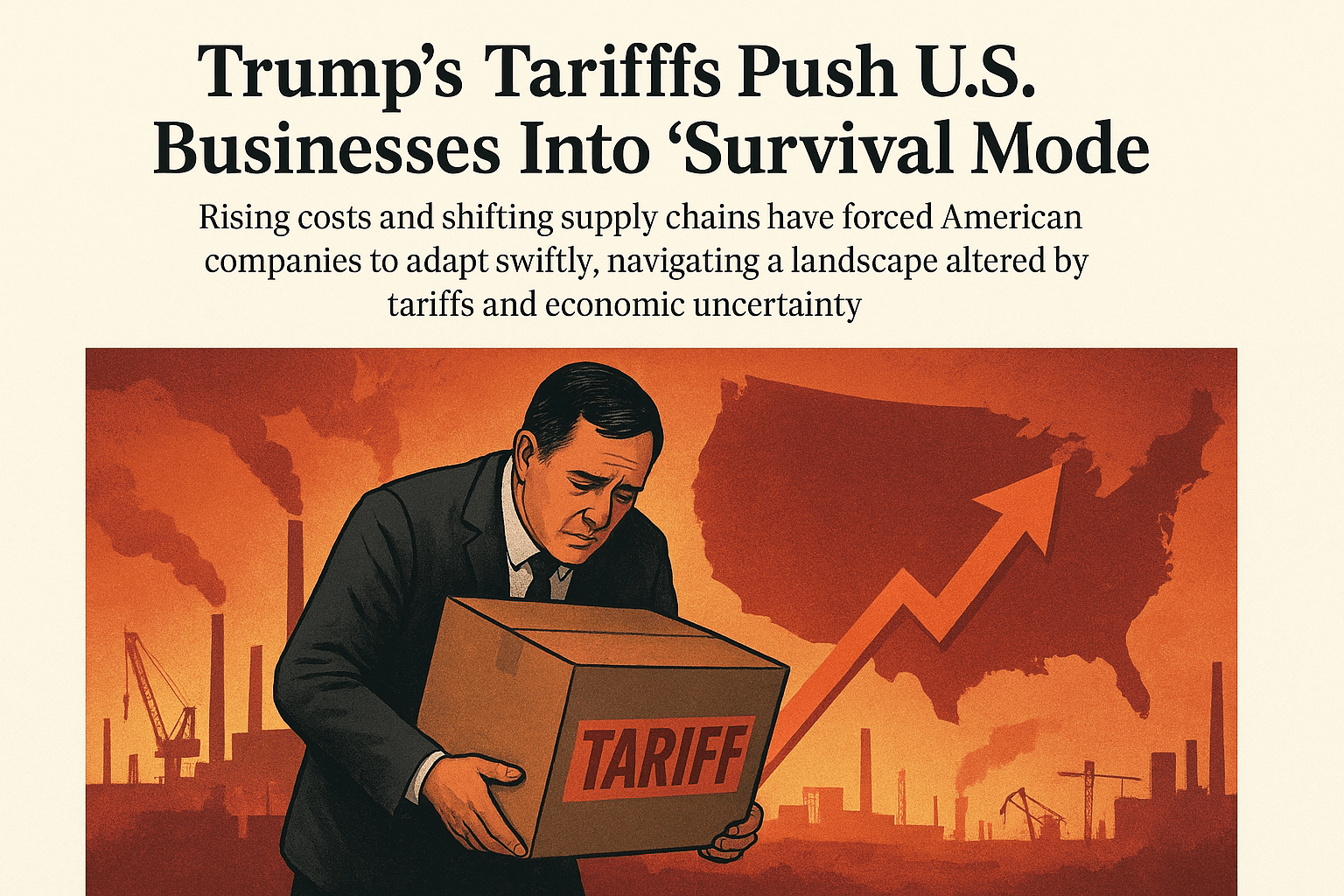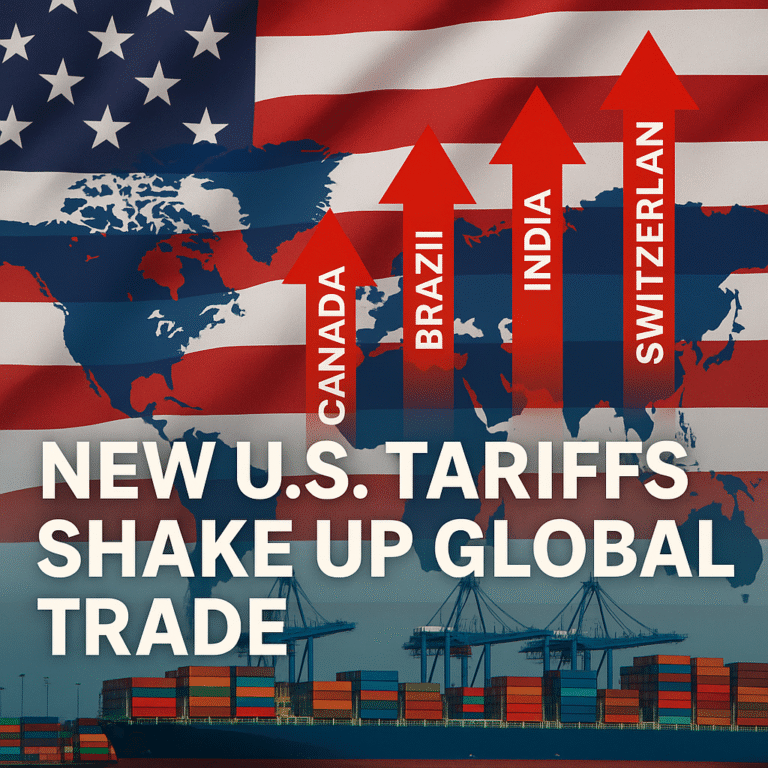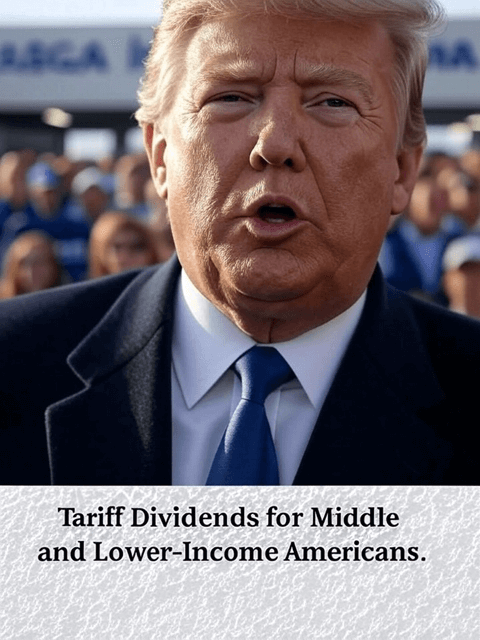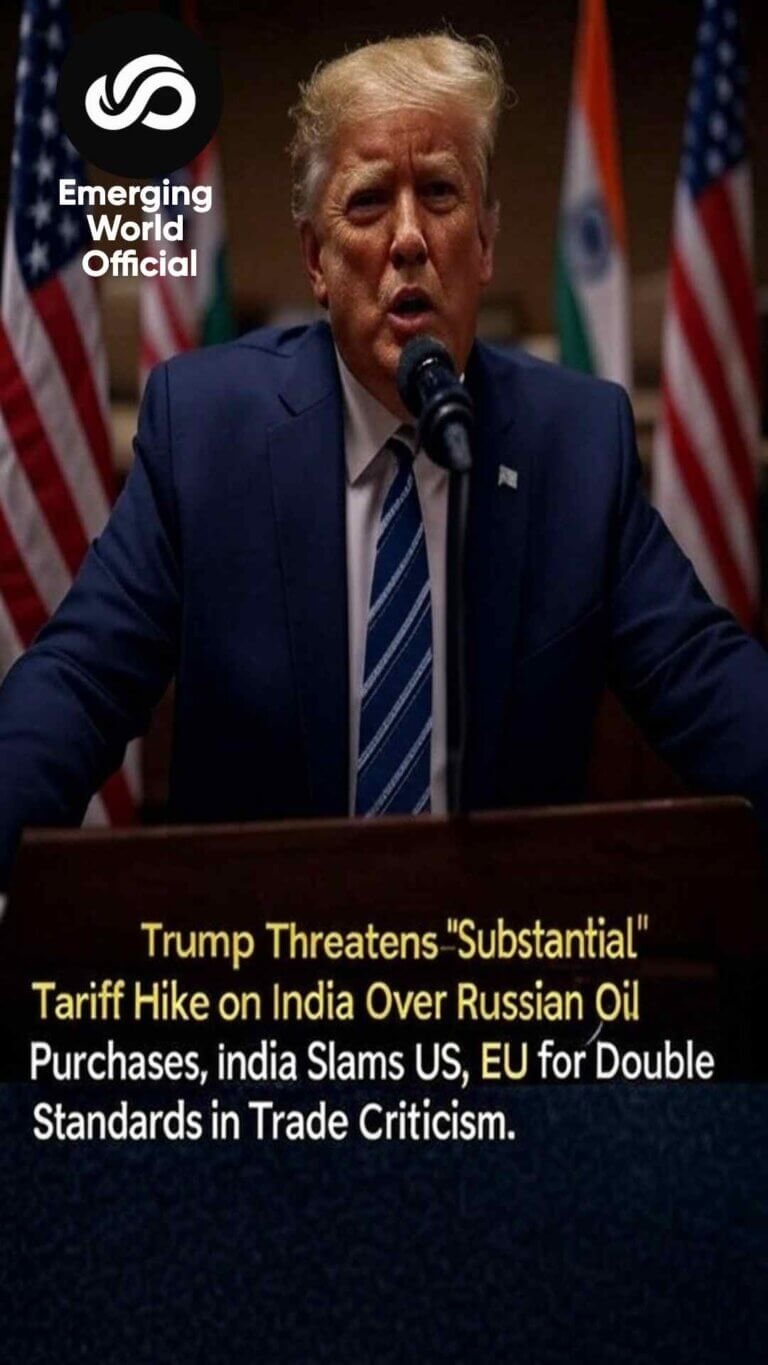Trump’s Tariffs Push U.S. Businesses Into ‘Survival Mode’ – The New York Times
Trump’s Tariffs Push U.S. Businesses Into ‘Survival Mode’
Rising costs and shifting supply chains have forced American companies to adapt swiftly, navigating a landscape altered by tariffs and economic uncertainty.
What’s new
As U.S. businesses grapple with the ramifications of the tariffs instituted during Donald Trump’s presidency, many are finding themselves in uncharted territory. These tariffs, initially aimed at protecting domestic industries from foreign competition, have inadvertently created a climate where survival has become paramount. Companies across various sectors report increased operational costs and disrupted supply chains that challenge their profitability and sustainability.
The National Association of Manufacturers recently released data indicating that nearly 70% of manufacturers feel that tariffs have negatively impacted their businesses. The Association emphasizes that while some industries benefit from reduced imports, most are facing steep price increases for raw materials due to heightened tariffs on steel and aluminum products. This shift compels manufacturers to make difficult decisions regarding staffing levels, production scales, and even product offerings as they seek to absorb increased costs without losing market share.
Key numbers
The trade landscape has shifted significantly since the implementation of these tariffs. According to recent statistics:
- – 20%: Average increase in import prices for goods affected by tariffs.
- – $300 billion: Estimated cost incurred by U.S. companies as a direct result of tariff policies since 2018.
- – 60%: Proportion of small business owners who reported difficulties related to tariff-induced costs in a recent survey conducted by the Small Business Administration.
This financial strain is compounded by broader macroeconomic trends such as inflationary pressures, which have also been influenced by geopolitical factors like ongoing conflicts abroad and fluctuating energy prices. Businesses thus confront a dual challenge: addressing immediate cost impacts while planning long-term strategies amidst an uncertain economic environment.
Expert view
Citing insights from economists and industry analysts alike, the current tariff situation resembles a game of chess where every move could yield unexpected consequences. Dr. Emily Horowitz, an economist specializing in international trade policy, notes that “American businesses must pivot quickly; failure to do so risks not only profit margins but could threaten their very existence.” Her perspective reflects widespread concern about the agility needed among firms as they contend with both rising operational expenses and evolving consumer preferences driven by economic circumstances.
A further complication arises from consumer behavior shifts; many are tightening their spending habits amid fears of recession—a trend analysts believe will only intensify if inflation remains high or worsens as anticipated this winter season.
What’s next
If current trends persist, U.S. businesses can expect continued adaptation requirements over the coming months. Many firms are exploring alternative sourcing strategies—seeking local suppliers or diversifying their supplier bases internationally to mitigate tariff impacts on imported goods. However, this strategy comes with its own set of challenges including reliability concerns and potential delays caused by logistical complexities.
Additionally, some experts suggest policymakers need to rethink their approach towards trade agreements moving forward to alleviate pressure on manufacturing sectors while fostering growth opportunities domestically. For instance, initiatives focusing on innovation funding or tax relief might provide temporary respite for struggling companies while ensuring job security for employees caught in this turbulent environment.
Conclusion
The imposition of tariffs has thrust American businesses into precarious conditions where survival now outweighs expansion ambitions for many enterprises across various sectors. As companies brace themselves against ongoing unpredictability—navigating labor issues alongside rising material costs—strategic adaptability may prove essential for ensuring longevity amid adversities rooted in policy decisions made years prior.
Editor’s note: Understanding how Trump’s tariff policies continue influencing U.S. businesses highlights significant implications for economic stability and workforce sustainability today.
Sources
- Trump’s Tariffs Push U.S. Businesses Into ‘Survival Mode’ – The New York Times
- Compass Business Finance joins Acquis Lumia platform – Yahoo Finance
- Novo Nordisk freezes hiring in non-critical areas – Fierce Pharma
Share this content:







